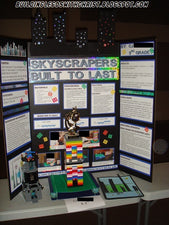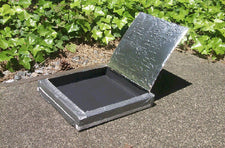Speech: Discovering How Different Sounds & Pitches Are Achieved

We are not born with the ability to form coherent words. While a small child can utter unintelligible babble and sounds, it isn't until later, with lots of practice and imitating, that a child learns to form words and sentences as a way of communicating with the world around them. For those students interested in human biology, this project created by Emily, a sixth grade student, for the virtual science fair will explore how the body - in a combined effort of the brain, nervous system, larynx, vocal cords, trachea, and oral cavity - works to create the unique pitches and sounds used in speech.
The Speech Process
- In response to a situation or need, the brain - specifically the speech region of the cerebral cortex located in the left hemisphere of the brain - forms a word or string of words.
- The brain sends the message to the larynx - an organ in the throat where the vocal cords are located - through the nervous system.
- As air is expelled through the trachea, in response to nerve messages, the vocal cords within the larynx tighten, creating sound waves. The tighter the vocal cords, the faster the air moves, and the higher the sound pitch. The opposite is also true.
- The sound waves are moved into the oral cavity where they are then shaped into the unique sounds needed to create specific words and sentences!
Project Overview
The marked pitch differences between a small child, an adolescent male, an adult female, and an adult male lead to the conclusion that somewhere in the body's process of creating sound and speech, there is a variation in "design". Scientists have hypothesized that the size and shape of the vocal cords, unique during each development stage and to each sex, is a key to these variations. Additionally, the tightness of the vocal cords and the speed of the air being expelled have been proven to affect pitch. With a few simple materials - several balloons of different sizes and strength along with a balloon pump - your student can simulate air flow over the vocal cords and explore the principles of sound and pitch for themselves!
Be sure to visit Emily's virtual science fair exhibit for more details!



















